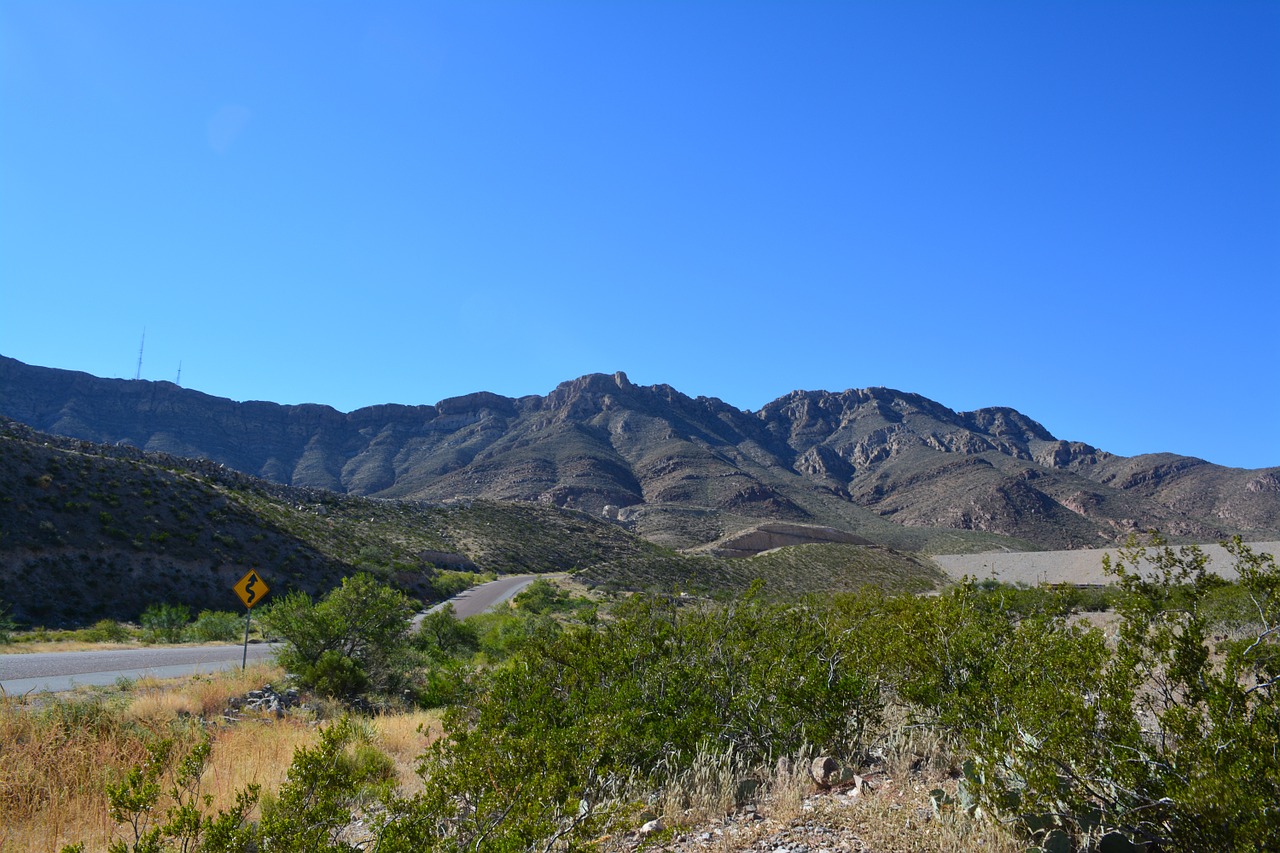If you’re thinking about purchasing real estate in Texas, you’ll want to know what you’re buying. Once you buy, you’ll own what the law calls an estate in land. The unwary might not know what they just purchased though. That’s because, under the Texas Mineral Code, Chapter 75.001, land ownership in Texas contemplates two separate and distinguishable estates, each of which has its own set of legal rights. Those two estates involve the surface estate and the mineral estate on a specifically described property.
You Might Not Own What You Think You Own
Depending on where the real estate is located, those two estates might be held by two different people or legal entities, especially if there has been extensive oil and gas exploration and development in the area. You’ll see that in those areas, it’s more likely that the surface and mineral rights to the property will be severed. Under the Texas Property Code section 5.021, that severance must be memorialized in writing. If the conveyance of the mineral estate isn’t specifically addressed in writing, it passes to the buyer. Although some municipalities forbid severance of surface and mineral rights, you need to make sure that you know what you’re buying.
The Mineral Estate
As per Texas law, regardless of whether the mineral estate is below the surface estate, the general rule is that the mineral estate is the dominant estate. That mineral estate can even be leased out by its owner. The owner or lessee of the mineral estate can then use the surface estate as reasonably necessary for purposes of the exploration, development and the extraction of oil, gas or other minerals under the real estate. Permission to reasonably use the surface estate isn’t needed. Just some of the purposes that it can be used for include:
- Seismic testing
- Drilling
- Ingress and egress to and from sites
- Building pipelines
- Using water both on the surface and under the surface of the property
- Choosing locations of wells and pipelines without input from the surface rights owner
When the Surface Estate is Damaged
The general rule is that the owner or lessee of the mineral estate cannot be held liable for damages unless the owner of the surface estate can prove one or more of the following:
- The mineral rights owner exceeded what was reasonable and necessary for mineral exploration and production
- Injuries were caused as a result of the negligence of the owner or lessee of the mineral rights
- The owner or lessee of the mineral rights failed to accommodate the rights of the surface owner
If you’re planning on purchasing or selling a mineral interest connected to real property, you should consult with a knowledgeable and experienced mineral rights attorney before entering into any contract to purchase. You’ll want to know what you’re getting for your money.

